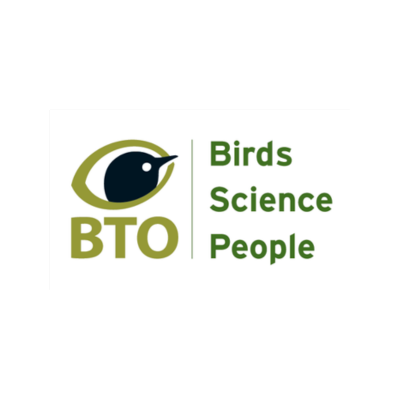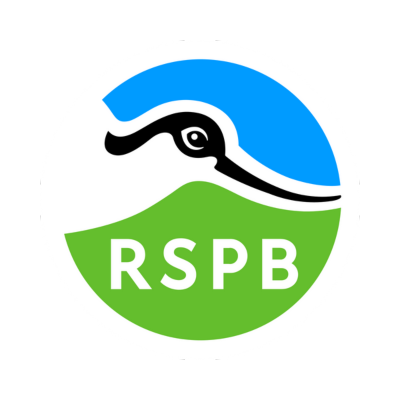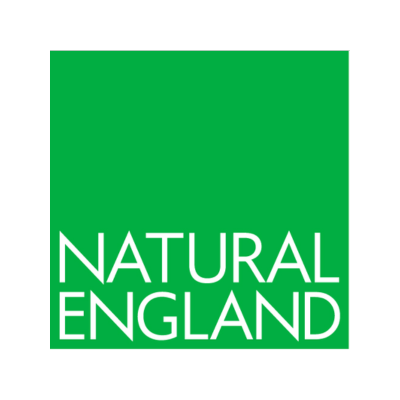Heathland Birds Survey

Join our new survey of Nightjars, Woodlarks, Dartford Warblers and a number of other important heathland species in 2025.
The Heathland Birds Survey will survey all the Nightjars, Woodlarks and Dartford Warblers, in all habitats, throughout the UK and Channel Islands. The survey aims to cover all the main occupied sites as well as surrounding suitable habitats where these species may have expanded more recently. It will also record a number of other important heathland bird species.
Time / Skill Required
About the survey
Project Leads
Contact
Email the Project Leads:
- heathlandbirds [at] bto.org
Survey history
The previous population estimates made for Woodlark, Nightjar and Dartford Warbler are now almost 20 years old, based on data from surveys undertaken at a time when all three species had undergone a substantial increase in both population size and range. Both Woodlark and Dartford Warbler were at their most northerly recorded UK breeding range extents, while Nightjar was regaining ground in northern England and even into Scotland.
- In 2004, the Nightjar population was 4,600 territories (churring males).
- In 2006, Dartford Warblers numbered 3,214 territories and the Woodlark population was 3,064 territories.
We urgently need updated population estimates to assess how breeding numbers and range for each of these species have changed throughout the UK and Channel Islands. We also need to know how birds are faring on the network of protected heathland sites that support the majority of the populations of these specialist species.
The Heathland Birds Survey has been designed to cover the current known distribution of Woodlark, Nightjars and Dartford Warblers, but also to pick up recent range expansion or contraction. The data collected will be used to calculate up-to-date population figures for key protected sites, as well as wider national and regional population estimates. The data may also help with future designations of other important sites for heathland birds.
Focal species
Nightjar, Woodlark and Dartford Warbler are scarce breeding species across the UK with very localised breeding distributions.
Populations of all three species are usually closely associated with heathland and similar habitats that provide bare ground, such as clear-felled and recently planted forests (Woodlark and Nightjar), cropped/mixed farmland (Woodlark), and upland moorland and coastal gorse scrub (Dartford Warbler).
Both Woodlarks and Nightjars require bare or sparsely vegetated ground to nest, while Dartford Warblers nest within dense bushes, preferring gorse and heather.
All three species are important features of protected sites, including Sites of Special Scientific Interest (SSSIs) and Special Protection Areas (SPAs), which are vulnerable to habitat change and damage such as that caused by fires and extreme weather events. Given the large proportion of Nightjar, Dartford Warbler and Woodlark populations that depend upon these habitats, it is vital that we have updated population estimates to ensure that sites are maintained appropriately and continue to support these rare species.
For further details about the identification, songs and other information for all heathland birds, please search the BirdFacts species page.
Take part
- All volunteers must follow BTO’s Guidance for volunteer fieldworkers and the organisation’s Code of Conduct.
- Find out more about what sort of skills are required, how much time is needed, the location and survey sites, access permission and methods on our Taking Part page.
Sign up
Have a MyBTO account already?
Don't have a BTO account?
- Create a MyBTO account and then sign up to the survey.
Once logged in, you will find the survey sign up for the survey in the 'Sign Up for Projects' section.
Request a site
Once signed up, you can request a square via the survey portal.
- Log in to the survey portal using your MyBTO account details.
Map of available sites
View the available sites using the map, then request a square by signing up using the survey portal.
Partners and funders
The Heathland Birds Survey is a partnership project run by the British Trust for Ornithology (BTO) and the Royal Society for the Protection of Birds (RSPB).
It is supported by funding from Natural England.









Share this page